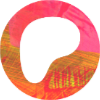Blog / 2022 / Quitting Instagram and Facebook: The Perspective of 8 Artists
February 9, 2022
This video includes insights from Anne of My Giant Strawberry, Jen McCleary, Kristen Sampson, Julia Bausenhardt, Nicole Cicak, Kelsey Rodriguez, and Sneha of Essem Creatives. It’s organized in three parts:
- What quitting actually means.
- What you leave behind when you quit.
- What it’s like to not have Facebook or Instagram.
If you want to learn more about my spreadsheet address book, check out this video. I talk more about being called a “sell-out” in one of my early blog posts, and this video goes into some detail about why artists need so much validation.
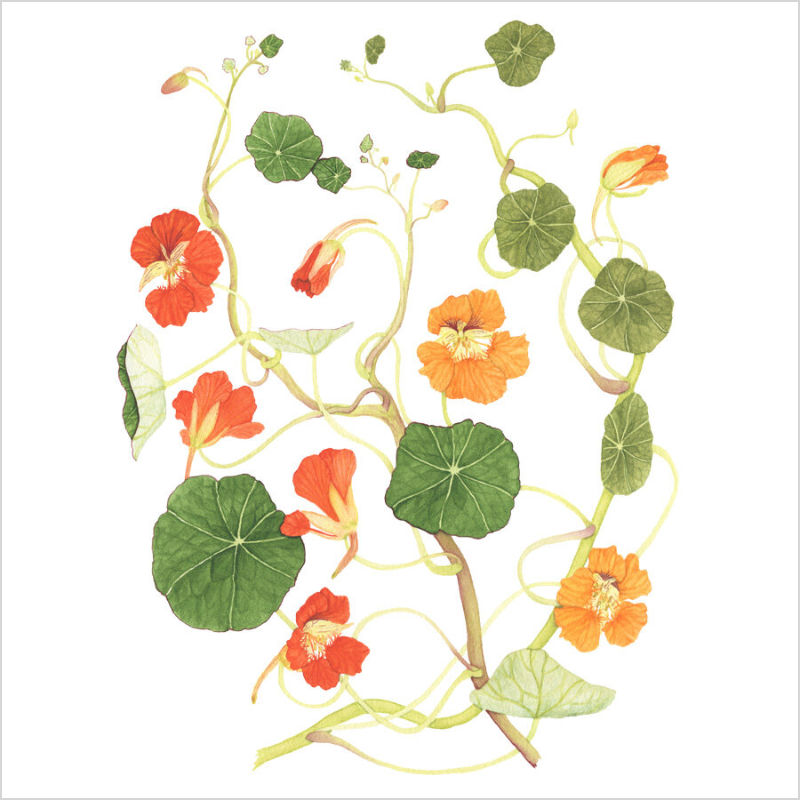
Anne’s quitting story is on her blog.
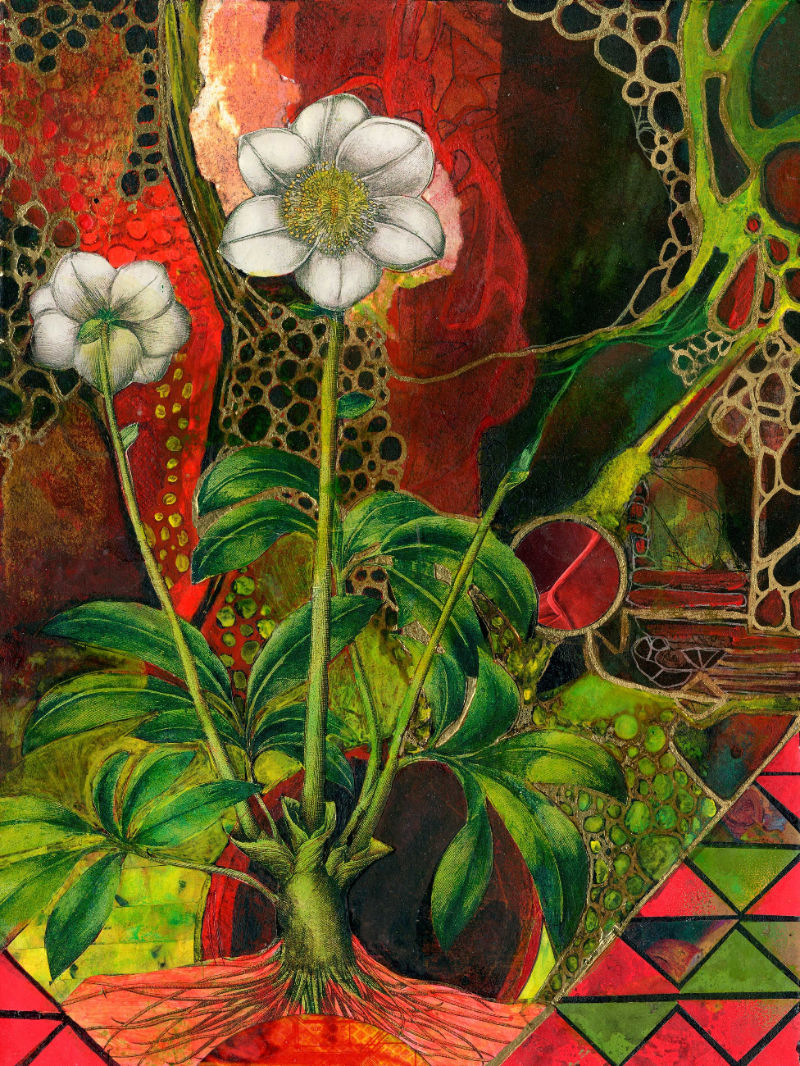
Jen’s explanation is here on her site.

Kristen’s quitting story is on her blog.
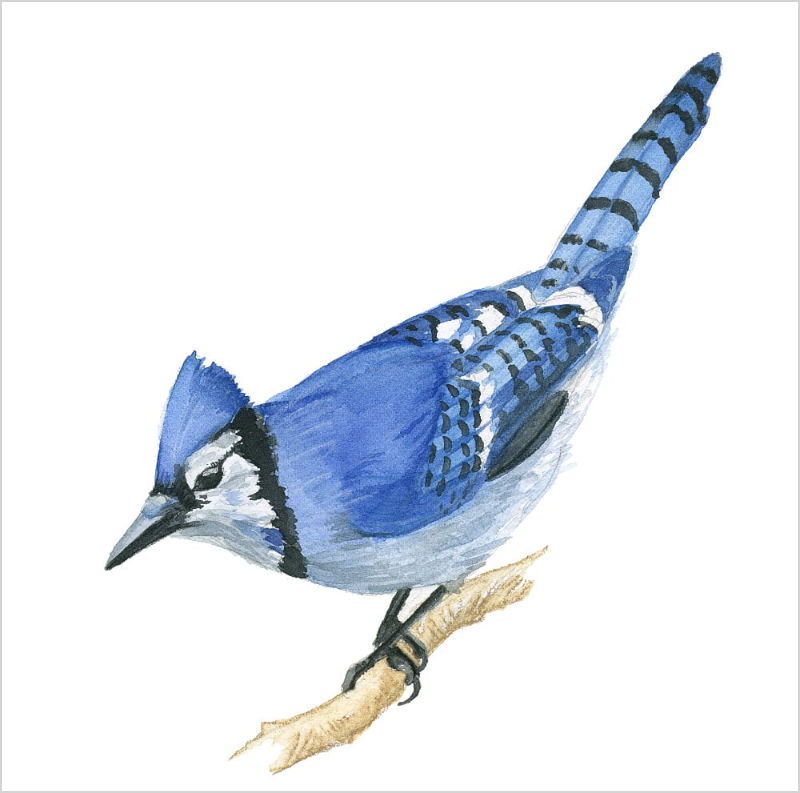
Julia’s explanation is here on her site.
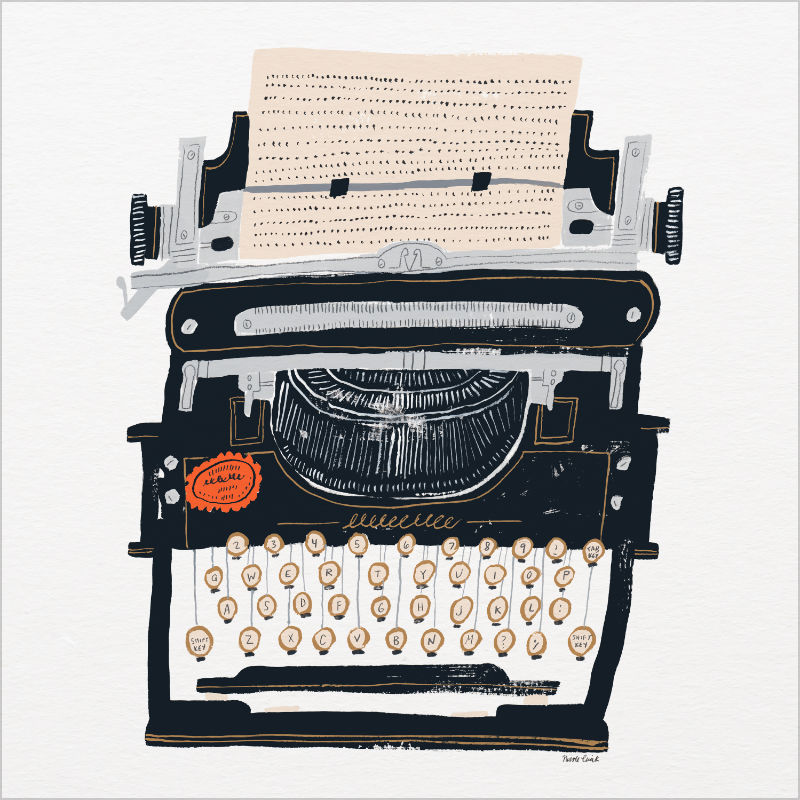
Nicole’s quitting story is on her blog.
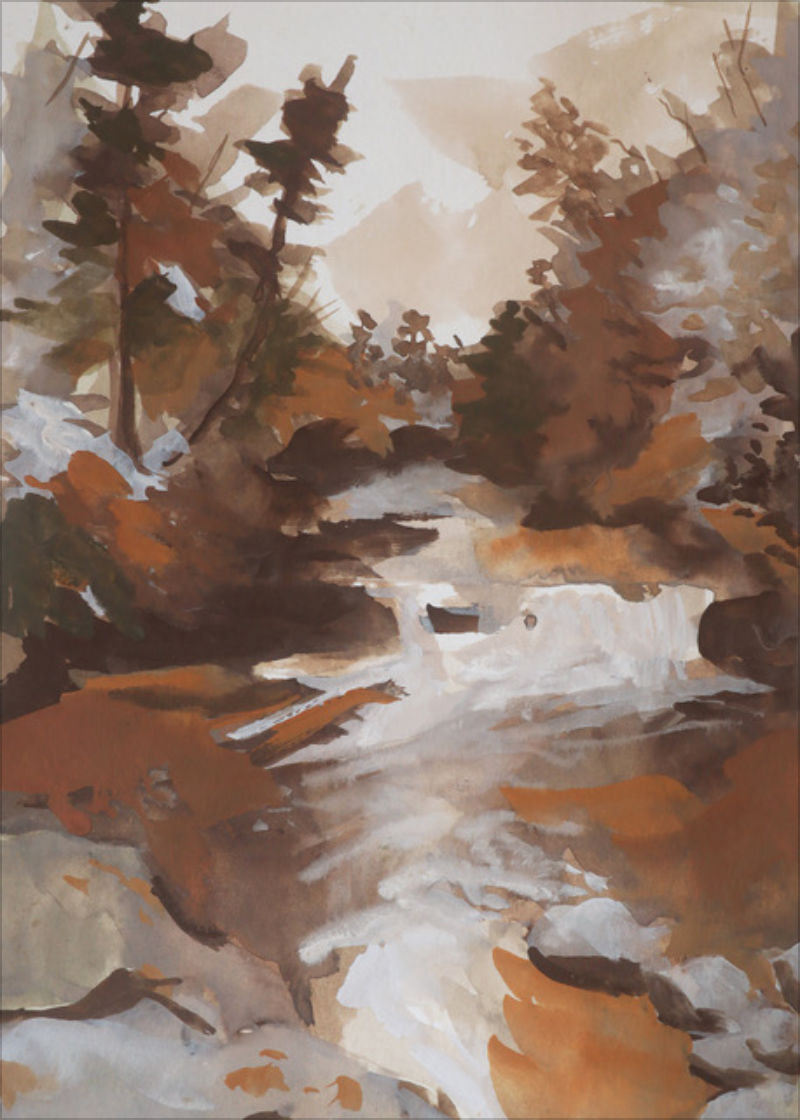
Kelsey’s explanation is here on YouTube.
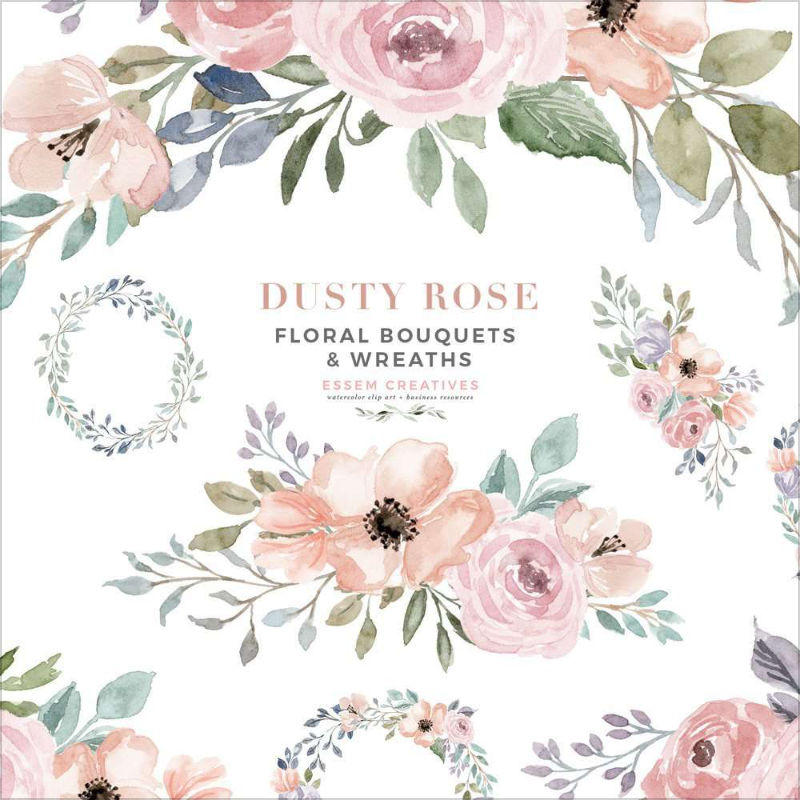
Sneha’s quitting story is on her blog.
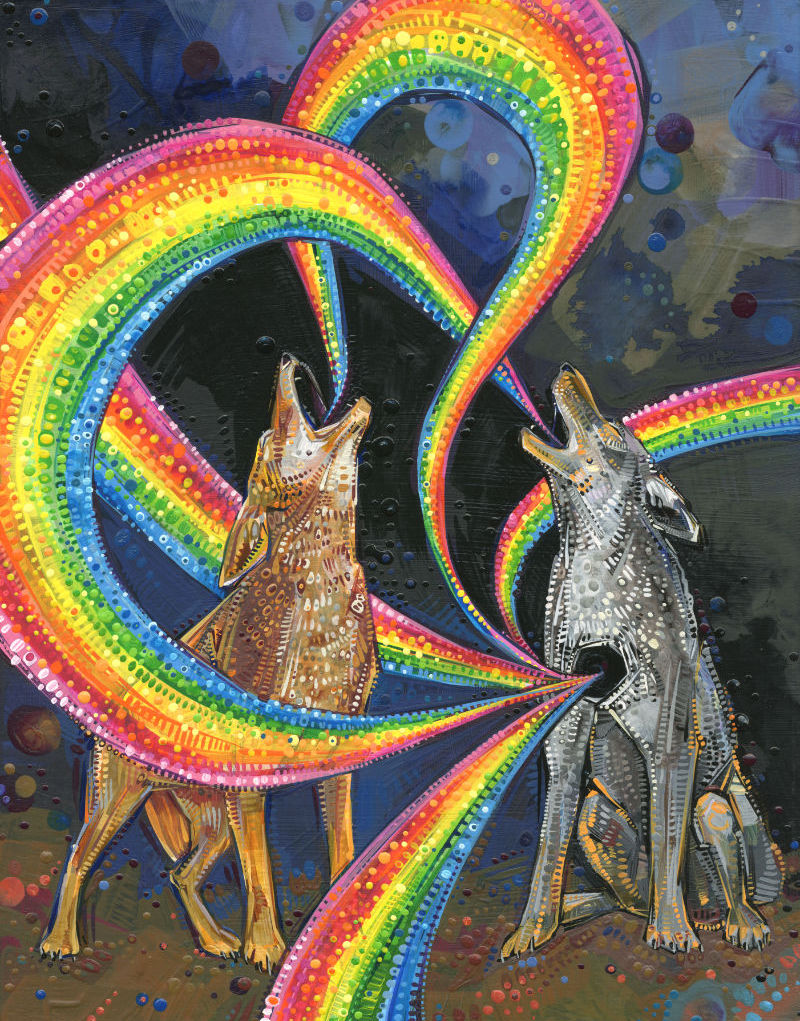
Black Hole of All Things Good
2022
acrylic on panel
14 x 11 inches
(This painting is part of Everything’s Fine.)
VIDEO TRANSCRIPT
Getting off of social media can feel like an impossible dream for artists, but there are at least eight of us who are making it work—including myself—and I want to share today about how we’re doing it.
First things first, “quitting” means different things to different people. (And that’s okay.)
Of the eight of us, just three have deleted Facebook and Instagram, and we’re also not very active on other platforms. Anne of My Giant Strawberry, Jen McCleary, and I each have nothing left of the time we spent feeding Zuckerberg’s machine—except everything we ever posted, which Meta owns in perpetuity and which will probably get used in some nefarious manner at some future date. But, from our perspective, we’ve done everything possible to remove ourselves.
Kristen Sampson has also canceled all of the Zuckerverse, but she uses Pinterest now and again because it still makes her happy. Same for Julia Bausenhardt with YouTube. She uses it to share her work and sometimes to learn new things, with part of the appeal being that she’s rather ingeniously shaped YouTube to her needs. Julia uses browser plugins that remove YouTube’s home page, recommendations, feeds, and ads, making it an empty site with a search bar and no rabbit-hole-inducing algorithmic suggestions.
Nicole Cicak still signs onto Insta every January to do a thirty day challenge, but otherwise stays away. Kelsey Rodriguez has an Instagram, but she doesn’t post there often, using YouTube as her primary online presence. And Sneha of Essem Creatives is back on Insta after a pause of a few months, because, even though her break from the Zuckerverse didn’t negatively impact her site’s traffic, she felt that some of her clients liked getting updates from her on Instagram. She uses it mostly to announce new products, and, since her break, she doesn’t look at it as something that she needs to work on growing.
Just like quitting looks different for different people, there are lots of reasons why you might quit. That said, there were definite themes that ran through our reasons—the eight of us. For one thing, many of us were interested in feeling less distracted, nurturing our creativity, protecting our mental health, that sort of thing. For another, a lot of us were frustrated with the amount of time we were investing on these apps considering what we were not really getting in return. And then finally, some of us were not really cool with the idea of supporting Facebook/Instagram/Meta—whatever you want to call the company. It’s a problematic company and we didn’t want our presence and our art to be helping that company in any way.
Whatever your reasons for quitting, as Sneha of Essem Creatives points out, taking a prolonged break is often a vital step in understanding what you want from social media.
Which brings us to the wildly important and often overlooked territory of...
What does social media actually give you?
or
What are you quitting when you quit?
Facebook and Instagram provide you with a portfolio space and a space to connect. It’s kind of like having an always-open version of your studio. And that always-open version of your studio is in a building where other artists have always-open versions of their studios and all kinds of other people have always-available versions of themselves as well.
When you’re thinking of ditching the Zuckerverse, the question becomes how do you replace that portfolio space and that connection space?
Let’s start with the portfolio. The single best way to replace the portfolio space that Facebook and Instagram gives you is by having your own site on the web. I know that that might seem overwhelming, but I’d like to point out that, when you’re on Instagram and Facebook, you are constantly having to learn new technical skills to pivot whenever His Zuckiness decides to change the way the platform works. So you’re constantly trying to figure out “should I go for a professional account?” Even though as Jen McCleary points out, often that is just Zuckerverse fancy talk for “buy ads or we won’t show any of your stuff.”
So you’re constantly learning new technical things when you’re on social media anyway, but when you’re building your own site, and learning a bunch of stuff to make that happen, that is the kind of learning that you can take with you forever basically. Because there’s never going to be one single person who says “you know what? HTML code is done and over with!” If you learn HTML that is is something that you can take with you.
And, for the record, Kristen Sampson had no site before she quit Instagram. While me and my Type A personality are trying not to have a total meltdown at the thought of making a leap without being sure where you’ll land, Kristen is proof that having all your ducks in a row isn’t strictly necessary. In fact, she’s helped me remember that it’s not even possible. You will be surprised by something when you quit. Flexibility is key.
And that brings us to the connecting part of things—also known as that building where everyone’s always-available version of themsleves exists.
How do you meet people when you’re not in that building? How do you connect with them? Well—and this is kind of weird to say—but you do it like you always did it. You do it through events and group activities, mutual friends, striking up a conversation with a stranger. The difference being that instead of immediately fastforwarding to “friending” that person, you develop the relationship normally.
I actually have this theory that the true usefulness of the connection factor of Facebook and Instagram is that it’s kind of like a self-updating address book. You don’t have to keep track of people’s moves and marriages, any of their milestones. All you have to do is go onto their profile and you’ll get the scoop. So, my recommendation is that, if you are going to quit Facebook and Instagram, you need to develop your skills at keeping your own address book. (I mean you should probably be doing that anyway, because who knows what Facebook and Instagram will do at any given time? That address book might disappear, so you should probably be keeping that contact information for yourself.) Personally, I use a spreadsheet where I make notes about people as well as keeping their contact information.
You might also consider sending personalized goodbyes to people before you delete Facebook and Instagram. Sort of like saying “goodbye” before you leave the building as it were. Both Jen McCleary and I did that, and we both had mixed results. When you’re asking people to to talk off-platform, you’re asking them to do a little bit more work, and not everyone is going to be up to it. That said, I am glad that I made that effort, because now I feel like I did everything I could to stay in touch.
And the truth is that there is so much networking happening off-network. Anne of My Giant Strawberry, for example, takes a special pleasure in sharing about artists she loves in her newsletter and on her blog. And, in my experience, just the fact of not being on Instagram is a reason why people want to talk to me.
At the bottom of my blog posts and my home page as well as my contact page, where a lot of people tend to feature social media buttons that can facilitate people finding you in the Zuckerverse, I have two crossed out icons: one for Facebook and one for Insta. When you click on them, they take you to this page of my site, which I like to think of as the ultimate invitation to shed the superficiality of Meta-connections and instead have an actual conversation with me.
And remember, as Nicole Cicak says, it’s never been about the number of friends and followers. The important thing is finding a way to share your work.
And now, reporting from the social media afterlife! This is what it actually feels like to be off of Facebook and Instagram.
All eight of the artists featured in this video report overwhelmingly happy results both for their creativity and for their business, but I still think it’s worth getting into the nitty of nixing the Zuckerverse, because, as Julia Bausenhardt points out, a lot of people are afraid to quit. Maybe talking it through can help it feel less scary.
One of the major issues with quitting is that you will be out of the loop sometimes, especially when events are happening exclusively on Facebook or Instagram live. Anne of My Giant Strawberry speaks for many of us when she reframes that situation as the perfect excuse to stay focused on her own art.
Another issue is that sometimes people have big and bizarre reactions to your decision to quit. For example, when Kelsey Rodriguez announced she was pulling back from Insta in order to focus on YouTube, one of her audience members implied that moving to a more monetizable platform meant that Kelsey didn’t value art for its own sake. I know this shouldn’t surprise me—I mean, how many times have I been called a “sell-out” in my almost twenty years of making money from my art?—but it was still disappointing that Kelsey had to go through that.
For my part, I avoided those kinds of comments, but I definitely got some doozies. For one thing, there were a number of people who thought that because I was quitting Facebook that meant that I was abandoning my entire art career—this, despite the fact that I had been making my living solely through my art for seventeen years at that time when I quit! Another really fascinating comment was someone who said to me “you can’t quit, your Insta is so beautiful!” My response to that was like “ya, nope it’s not my Insta that’s beautiful: it’s my art.” And the fact that those two things are confused in someone’s mind is the reason why I’m leaving.
Beyond these more colorful consequences to quitting, there’s definitely harder stuff happening. For example, Jen McClearly talks about how she misses the instant validation of posting to those platforms, and not having that validation sometimes makes it harder for her to finish her work.
For me, it wasn’t about finishing my work. That wasn’t the problem. It was more like I just missed the interactions, the likes, the comment. And I actually had a mini-depression for a couple of months. When I think about it now, obviously that happened. I’d been daily on Facebook for twelve years, daily on Instagram for four years, so obviously that would have an impact—quitting those things would have an impact on my mental state.
In the end though, I feel like I gave myself the biggest gift: becoming the “audience of one” to so many people in my life. I think it’s hard to imagine when you’re on social media and you’re receiving all of this information about friends and colleagues via a bullhorn. They’re posting it for everybody to see. I think it’s hard to understand when you’re receiving information that way how unsatisfying it can really be.
Even when you’re having comment conversations with people on social media—that’s an exchange between you and one other person—but there’s a whole audience of people who can see that exchange. And I think that when you’re on social media it’s hard to really see that not having privacy in your interactions—not being that “audience of one”—is actually really discouraging on some level. Or it can be. It is to me anyway. When I get to be the one who people are talking to on purpose to me, it just makes me feel more human.
Becoming the “audience of one” for friends and colleagues is just one small part of this much deeper shift that happens when you get off of socials. I think Kristen Sampson puts it best with her advice for would-be quitters. She says “be patient.”
She is absolutely right. Instant results are a rarity in real life. But I’d like to add just one little thing, and that’s that while, ya, the results take longer IRL, they also tend to last longer or at the very least be more meaningful.
This video is made with love and microdonations from my community!
Maybe this post made you think of something you want to share with me? Or perhaps you have a question about my art? I’d love to hear from you!
To receive an email every time I publish a new article or video, sign up for my special mailing list.
If you enjoyed this post, Ko-fi allows you to donate. Every dollar you give is worth a bajillion to me!
